Structural and connectomic neuroimaging for the personalized study of longitudinal alterations in cortical shape, thickness and connectivity after traumatic brain injury
- PMID: 24844173
- PMCID: PMC4158854
Structural and connectomic neuroimaging for the personalized study of longitudinal alterations in cortical shape, thickness and connectivity after traumatic brain injury
Abstract
The integration of longitudinal brain structure analysis with neurointensive care strategies continues to be a substantial difficulty facing the traumatic brain injury (TBI) research community. For patient-tailored case analysis, it remains challenging to establish how lesion profile modulates longitudinal changes in cortical structure and connectivity, as well as how these changes lead to behavioral, cognitive and neural dysfunction. Additionally, despite the clinical potential of morphometric and connectomic studies, few analytic tools are available for their study in TBI. Here we review the state of the art in structural and connectomic neuroimaging for the study of TBI and illustrate a set of recently-developed, patient-tailored approaches for the study of TBI-related brain atrophy and alterations in morphometry as well as inter-regional connectivity. The ability of such techniques to quantify how injury modulates longitudinal changes in cortical shape, structure and circuitry is highlighted. Quantitative approaches such as these can be used to assess and monitor the clinical condition and evolution of TBI victims, and can have substantial translational impact, especially when used in conjunction with measures of neuropsychological function.
Conflict of interest statement
Conflicts of interest: The authors report no actual or perceived conflict of interest.
Figures


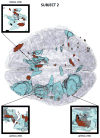
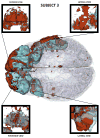

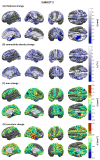
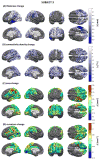
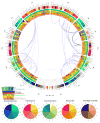
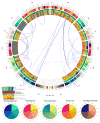
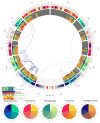
References
-
- Gentry LR, Godersky JC, Thompson B. MR imaging of head trauma: review of the distribution and radiopathologic features of traumatic lesions. AJR Am J Roentgenol. 1988;150(3):663–72. - PubMed
-
- Faden AI, Demediuk P, Panter SS, Vink R. The role of excitatory amino acids and NMDA receptors in traumatic brain injury. Science. 1989;244(4906):798–800. - PubMed
-
- Kirkby BS, Van Horn JD, Ostrem JL, Weinberger DR, Berman KF. Cognitive activation during PET: a case study of monozygotic twins discordant for closed head injury. Neuropsychologia. 1996;34(7):689–97. - PubMed
Publication types
MeSH terms
Grants and funding
LinkOut - more resources
Full Text Sources

